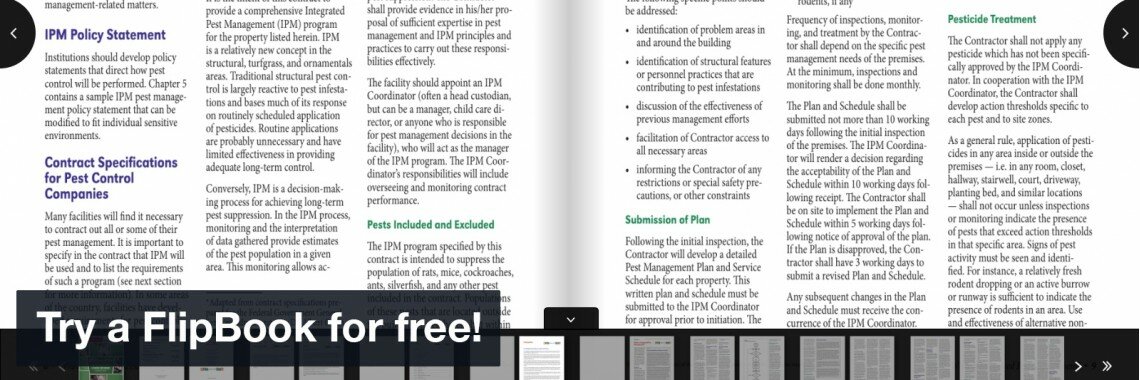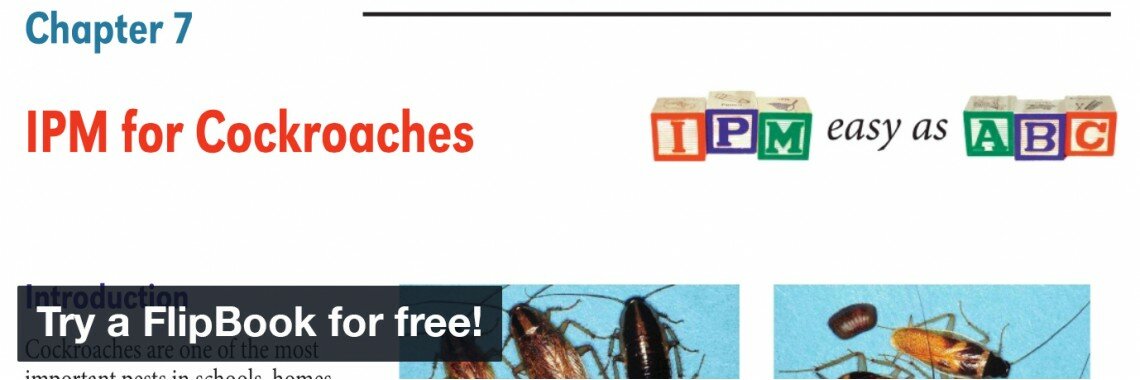Safeguarding Health and the Environment: PSEP's Integrated Pest Management Initiatives
Introduction
Sustainable agriculture and pest management play crucial roles in safeguarding our health and the environment. To achieve these goals, organizations like the Pest Management Strategic Plan (PSEP) have developed comprehensive Integrated Pest Management (IPM) initiatives. In this article, we will delve into the principles and components of PSEP's IPM strategies, focusing on practices that prioritize health and the environment. Additionally, for those interested in further exploring the effectiveness of PSEP's Integrated Pest Management Initiatives, you can buy dissertation abstract related to this topic from reputable academic sources. These abstracts provide valuable insights into the research conducted on the effectiveness of IPM strategies and their impact on sustainable agriculture and pest management practices.
Understanding Integrated Pest Management (IPM)
Integrated Pest Management, or IPM, is a holistic approach to pest management that emphasizes prevention, monitoring, and control strategies while minimizing the use of chemical pesticides. By integrating various methods and tools, IPM aims to maintain pest populations at levels that do not cause economic or environmental harm. Adopting IPM strategies brings numerous benefits, including reduced pesticide use, decreased environmental impact, and improved long-term pest control outcomes.
Components of PSEP's Integrated Pest Management Initiatives
Pest Identification and Monitoring Accurate identification of pests is vital for effective pest management. PSEP's initiatives emphasize the importance of correctly identifying pests and monitoring their populations. Various techniques, such as pest surveillance, trap placement, and data collection, help assess the severity and distribution of pests, enabling timely intervention.
Prevention and Exclusion Methods Preventive measures are key to minimizing pest infestations. PSEP's IPM initiatives provide guidance on implementing preventive strategies such as proper sanitation, structural repairs, and the use of physical barriers. Exclusion methods, such as sealing entry points, play a crucial role in preventing pests from infiltrating specific areas.
Cultural Controls for Pest Management Cultural controls involve modifying the environment or cultural practices to make it less favorable for pests. Crop rotation, intercropping, adjusting planting schedules, and selecting pest-resistant plant varieties are among the cultural practices emphasized by PSEP. These techniques disrupt pest life cycles and reduce reliance on chemical controls.
Biological Controls in IPM Biological controls harness natural enemies and organisms to regulate pest populations. PSEP's initiatives promote the introduction of beneficial insects, the use of microbial agents, and the application of biological control agents like nematodes or predators. These measures offer sustainable pest management solutions that minimize harm to beneficial organisms and the environment.
Responsible Use of Chemical Controls Chemical controls are used as a last resort when other IPM strategies are ineffective. PSEP emphasizes the responsible use of pesticides, including selecting the least toxic products, applying them judiciously, and adhering to safety guidelines. By minimizing risks and considering the environmental impact, the use of chemical controls is optimized.
Implementing Integrated Pest Management
Developing an IPM Plan Creating a comprehensive IPM plan is crucial for successful implementation. PSEP's initiatives guide farmers and professionals in assessing pest risks, setting action thresholds, and selecting appropriate pest management strategies. Additionally, we will explore a dissertation abstract that examines the effectiveness of PSEP's Integrated Pest Management Initiatives in safeguarding health and the environment. The research provides valuable insights into improving IPM practices.
Public Education and Outreach Raising awareness about IPM is paramount for its adoption. PSEP's initiatives emphasize the importance of public education and outreach. Workshops, campaigns, and educational materials are valuable tools for informing farmers, policymakers, educators, and the general public about the benefits of sustainable pest management practices.
Evaluation and Monitoring of IPM Initiatives Regular evaluation and monitoring are vital for assessing the effectiveness of IPM practices. PSEP encourages the collection of data and the implementation of monitoring programs to measure the impact of IPM strategies. These evaluations help identify areas for improvement and refine pest management approaches.
Collaboration and Policy Development Collaboration among stakeholders is essential for the success of IPM initiatives. PSEP emphasizes partnerships that promote knowledge sharing and resource pooling among government agencies, farmers, researchers, and industry representatives. Involvement in policy development ensures that sustainable pest management practices are incorporated into regulations and guidelines.
Case Studies and Success Stories Highlighting successful implementations of PSEP's IPM initiatives showcases the positive outcomes for health, the environment, and agriculture. Case studies exemplify how IPM strategies can effectively control pests while reducing reliance on chemical inputs. These success stories inspire and encourage the adoption of sustainable pest management practices.
Conclusion
PSEP's Integrated Pest Management Initiatives are crucial for safeguarding health and the environment while promoting sustainable agriculture. By prioritizing pest identification, prevention and exclusion methods, cultural controls, biological controls, and responsible use of chemical controls, PSEP provides a comprehensive framework for effective pest management. Collaborative efforts, public education, and continuous evaluation contribute to the success of these initiatives. Let us unite in adopting and supporting sustainable pest management practices that ensure a healthier and more sustainable future for agriculture and our planet.


